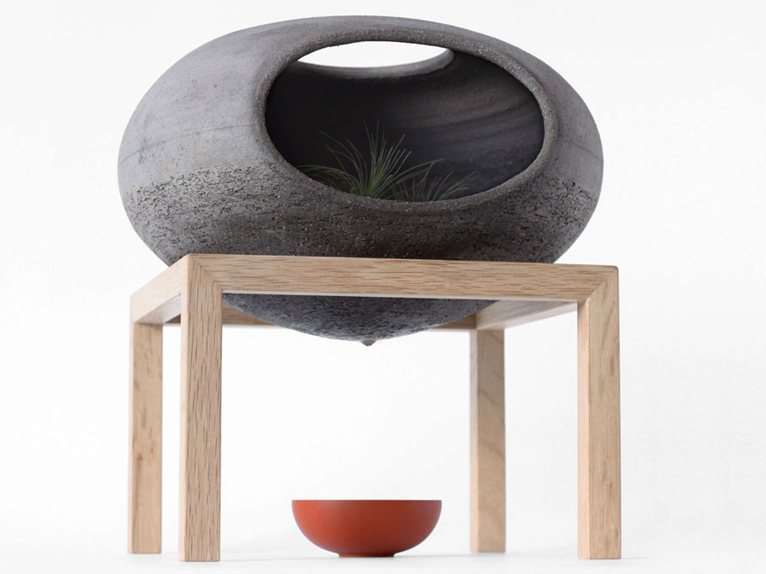
DESIGN _ Martín Azúa is one of the most interesting Spanish designers on the European scene. His projects are on show at MoMA and in the most important exhibitions around the world.
Born in the Basque Country, he now he lives in Barcelona where he combines his work as a designer with his teaching work. Martín studied Fine Arts, specializing in Design at the University of Barcelona. He also has a postgraduate degree in Architecture and Ephemeral Installations and an MA in Social Communication.

I talked with him about his last creation Wellspring and about the evolution of one his most successful prototypes: Basic House .
Could you talk about your last project Wellspring?
Wellspring is an invitation to investigate and understand the natural processes to restore the relationship with the environment. It simulates an ecosystem through soil, rocks and plants, able to recover its natural balance. Like raindrops falling on the inside of a cave, purified and enriched by the water lifecycle.
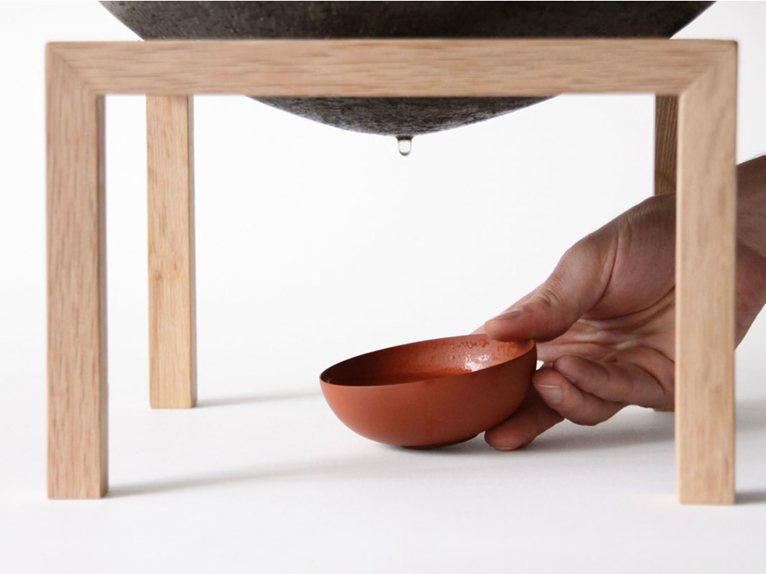
How do you place this project in your research about natural processes?
I am continuing to work on the research, which I started in 1999, with the project Natural Finish, when I placed jars made of porous ceramics in river beds, which gave them a natural stain. These objects were included in the exhibition Open Borders, commissioned by Droog Design. Also, in 2003, within the framework of my exhibition Neorrural, I presented a series of objects, including the Nest House, hunting shadows and biocolonizable textures.
With "Wellspring" I claim an integration of natural processes in everyday life, life inside objects.
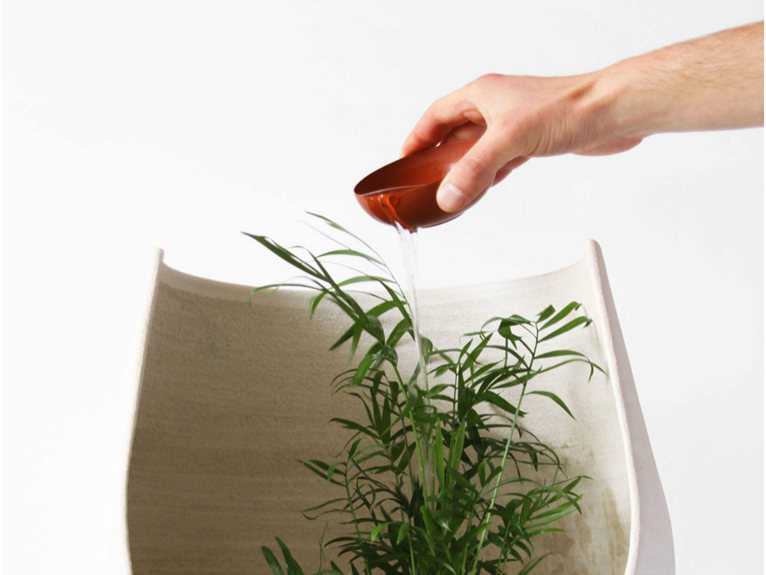
Could you talk about the concept behind Basic House?
Our habitat has turned into a space of consumption in which an unlimited number of products satisfy a series of needs created by complex systems and relations that are difficult to control. Cultures that maintain a more direct interaction with their environment show us that the idea of habitat can be understood in more essential and reasonable terms.
Influenced by these ideas and using the most advanced technology, I came up with an almost immaterial house that self inflates with body heat or with the heat of the sun; so simple and versatile that it protects us from the cold and from the heat when reversed; so light that it floats; and moreover, it folds up and fits into your pocket. Ideal for a life on the move without material ties.

Basic Home is not a product, rather a concept of extreme reduction. Some years ago I was impressed with a sentence of Ezio Manzini, an Italian theoretic of sustainability, he said that “Design’s paper, in a future, will be to make poverty attractive". Science away the tools of change, but Art and Design are who, in somehow, propose or imagine new scenarios.
Basic home tries to make a very radical proposal attractive. It is evident that the saturation of products in the “developed societies” doesn’t already mean a sign of progress, rather it is becoming a threat for the planet.
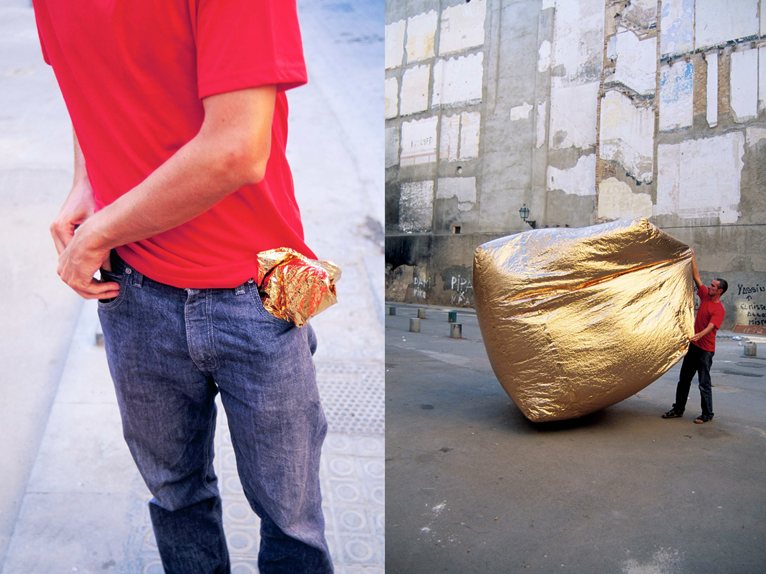
Do you see an evolution for this project over the years?
Back in 1999 I was worried about overconsumption, I think in these times of crisis it is interesting to go back to basics
In this sense the basic home or the Wellspring claim a poetic idea of the necessaries "shelter, drinking".
These are projects that attempt to consider other scenarios.




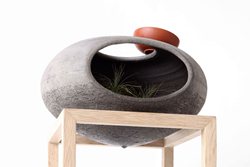 9
9
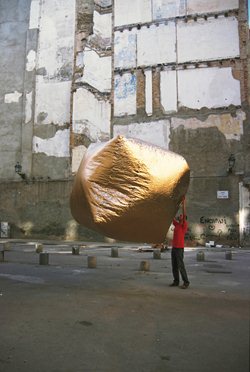 0
0
comment